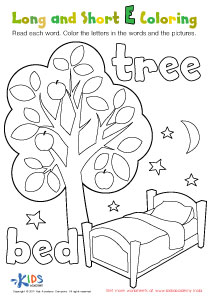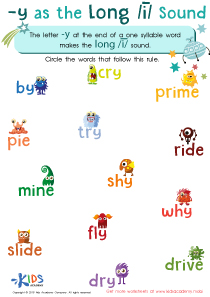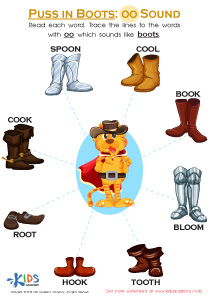Silent Vowels Worksheets for Ages 7-9
5 filtered results
-
From - To
Unlock the mystery of silent vowels with our Silent Vowels Worksheets designed for ages 7-9! These engaging and education-rich printables make learning fun with colorful activities and friendly illustrations. Each worksheet helps young learners identify and practice silent vowels, enhancing their reading and spelling skills. Perfect for classroom use or at-home enrichment, our materials align with common core standards, ensuring kids stay ahead in their literacy journey. Download now to provide your child with the tools they need to master silent vowels and boost their confidence in reading and writing!
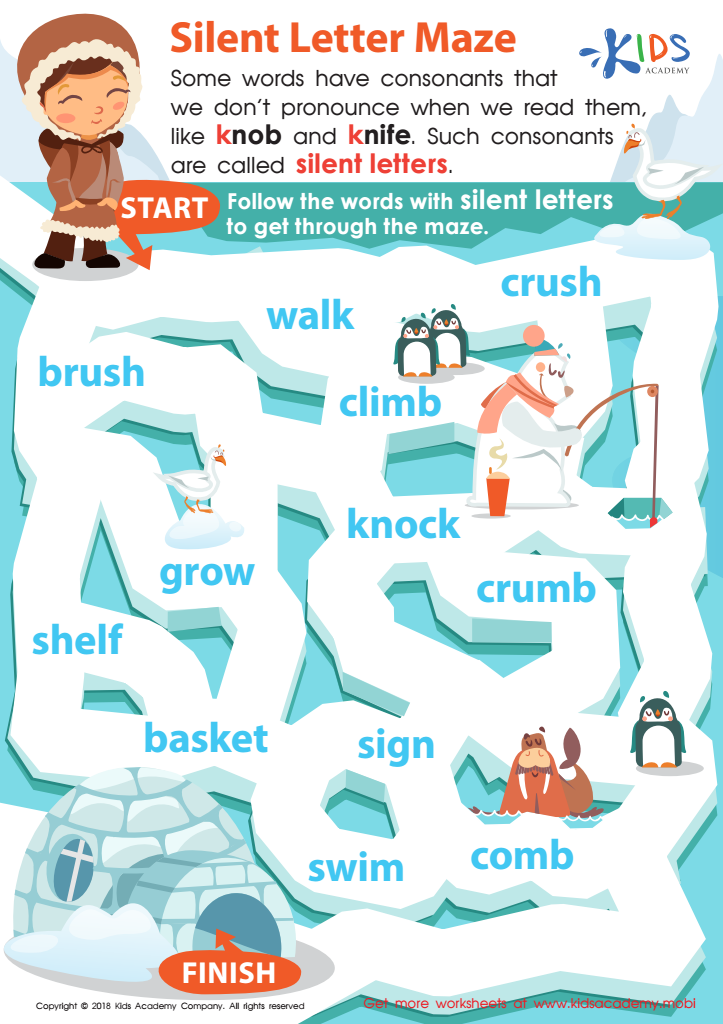

Silent Letter Maze Worksheet
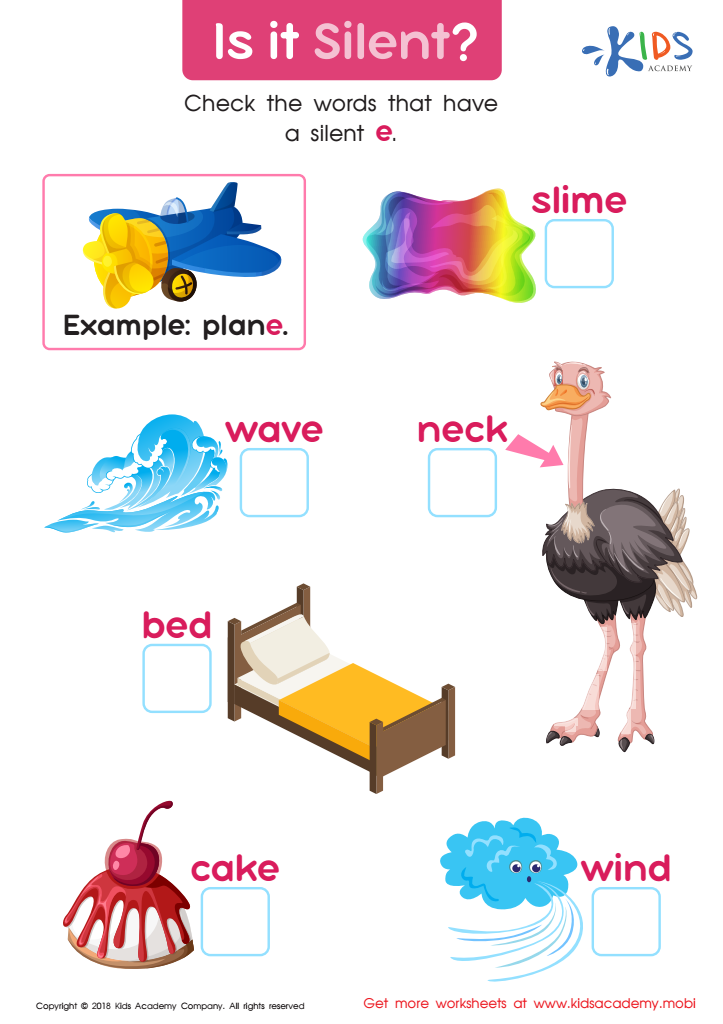

Is It Silent? Worksheet
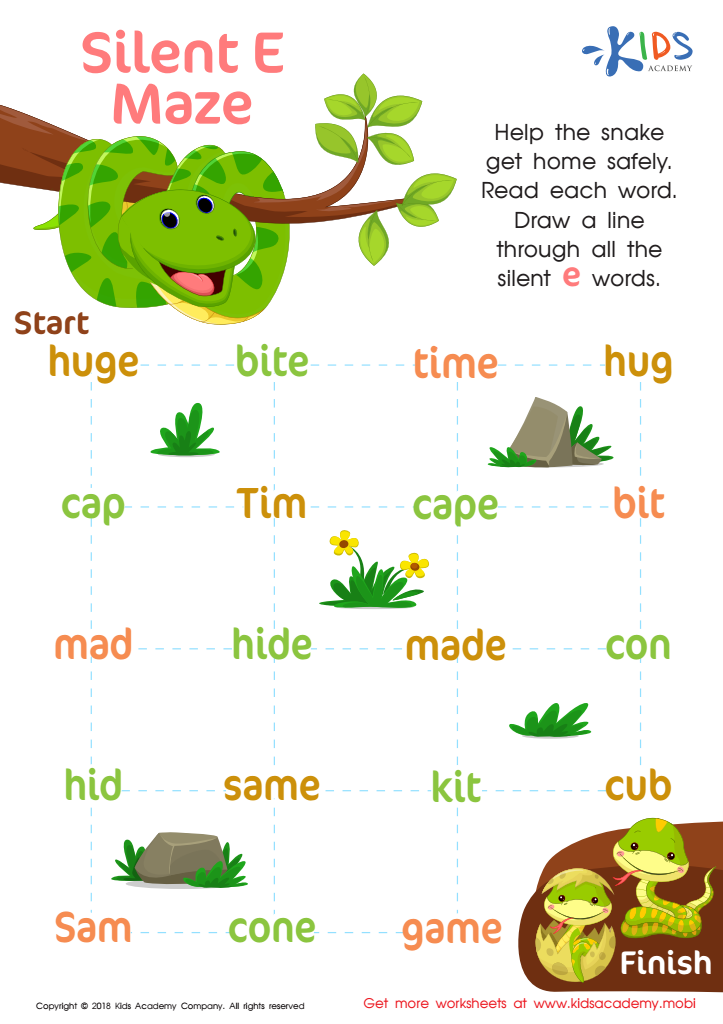

Silent E Maze Worksheet
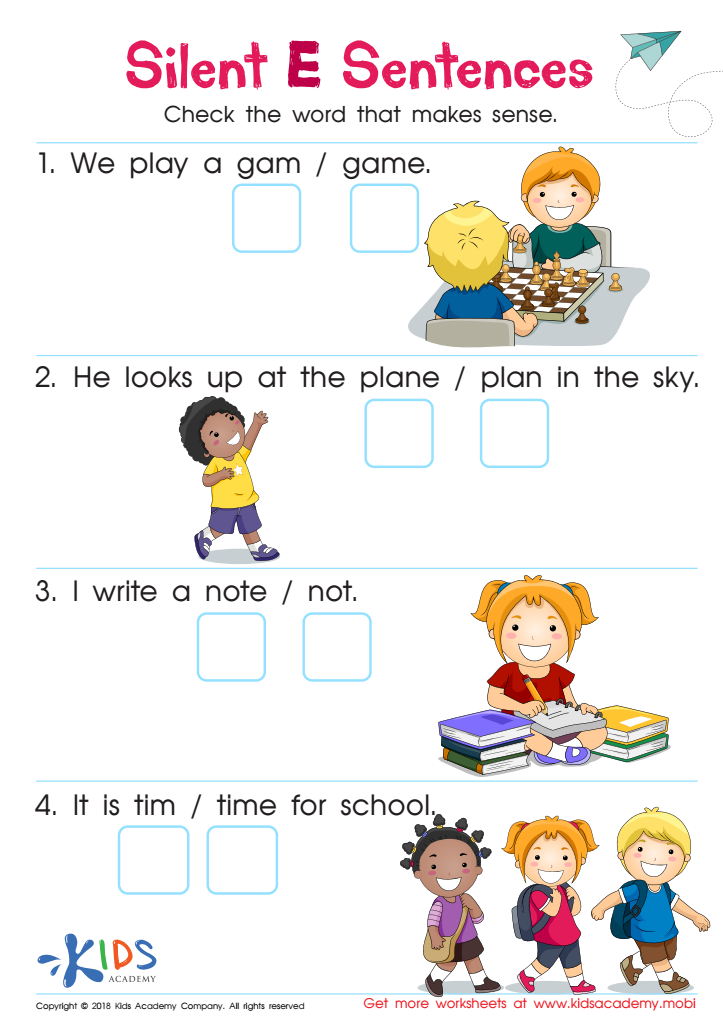

Silent E Sentences Worksheet
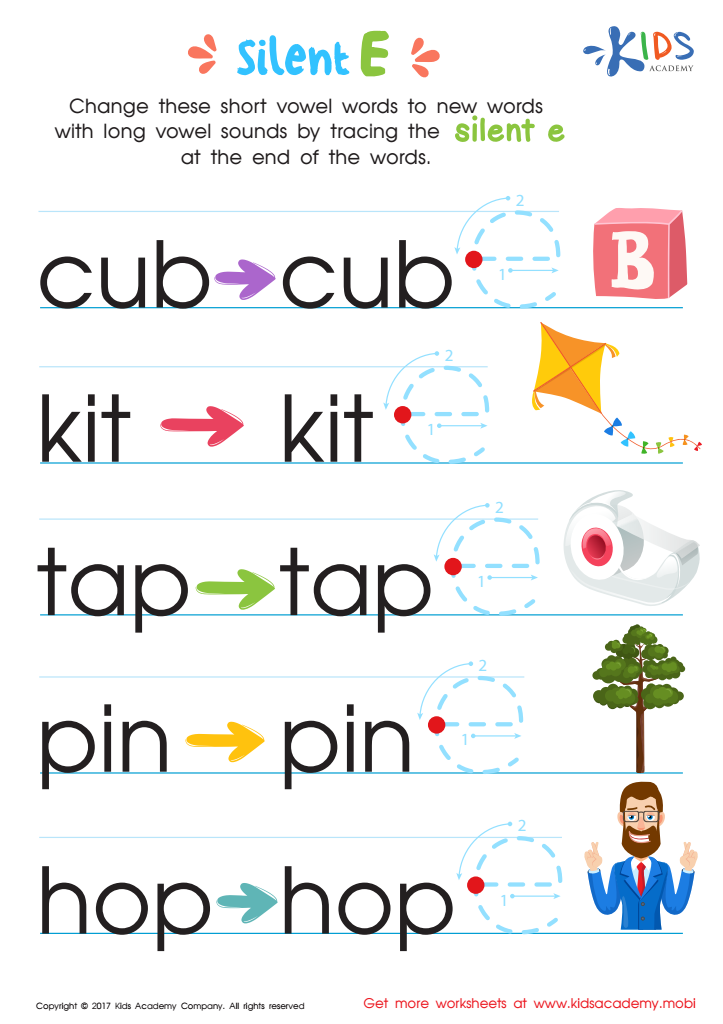

Silent E Words Worksheet
Silent vowels in words can be a mesmerizing area of exploration for young learners aged 7-9, deserving attention from both parents and teachers. Their significance extends beyond just phonetics; understanding silent vowels can dramatically enhance a child's reading and spelling skills.
At this developmental stage, kids are expanding their vocabulary and internalizing phonetic rules. Silent vowels, such as the 'e' in "like," the 'a' in "bread," or the 'i' in "business," often follow specific patterns. By recognizing and mastering these patterns, children become more proficient at deciphering words they encounter, enhancing their reading fluency. Their newfound understanding helps in proper pronunciation, caterings to both comprehension and communication skills.
Moreover, silent vowels often play crucial roles in defining the meaning of words, altering their forms, and contributing to syntactic structures (e.g., “hop” vs. “hope”). Grasping these subtleties assists young minds in connecting linguistic concepts, helping them identify more complex words effortlessly as they grow.
Learning about silent vowels isn't merely an academic exercise; it bolsters confidence. At an age where establishing a strong educational foundation is crucial, knowing why some letters remain unspoken cultivates curiosity, builds competence, and accelerates language acquisition. Parents and teachers, positioned as primary knowledge architects, thus significantly influence lifelong literacy through focused attention on such foundational elements.

 Assign to the classroom
Assign to the classroom


